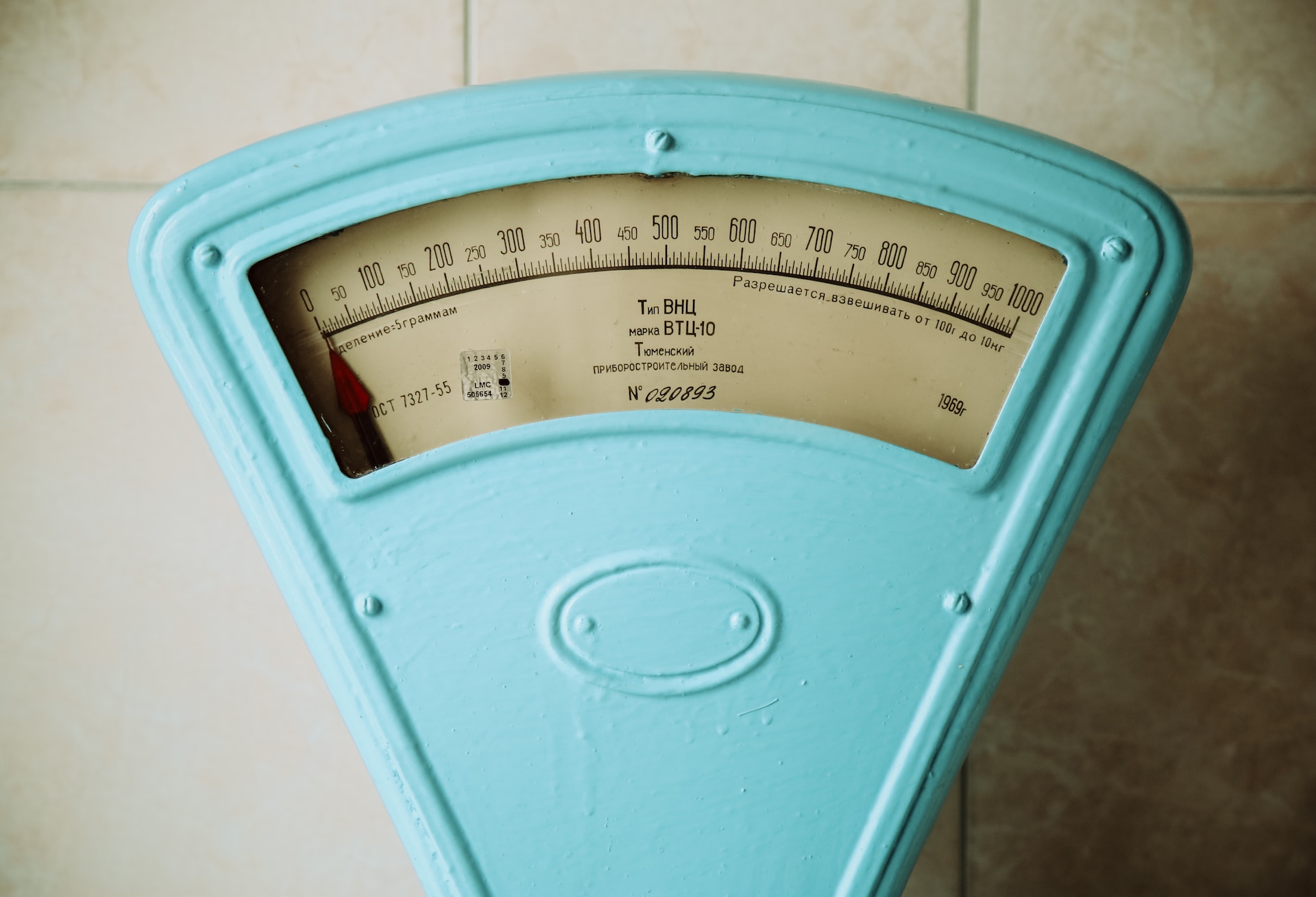Weight and mass are fundamental concepts in the field of physics and play a crucial role in everyday life. The English and Metric systems provide different units of measurement for weight and mass, each with its own advantages and conventions. In this article, we will delve into the intricacies of weight and mass measurements in both systems and explore their similarities and differences.
Let’s start with the English system, also known as the Imperial system, which is widely used in the United States and a few other countries. In this system, weight is commonly measured in pounds (lbs) and ounces (oz). One pound is equivalent to 16 ounces. The ounce, in turn, can be further divided into smaller units, such as the quarter ounce, half ounce, and so on.
Mass, on the other hand, is typically measured in slugs in the English system. A slug is defined as the mass that accelerates at a rate of one foot per second squared when acted upon by a force of one pound. While pounds are often used interchangeably with slugs in everyday conversations, it is important to distinguish between weight and mass. Weight refers to the force exerted on an object due to gravity, while mass refers to the amount of matter in an object.
In the Metric system, weight and mass are measured using different units. The base unit for mass is the kilogram (kg), which is defined as the mass of the International Prototype of the Kilogram kept at the International Bureau of Weights and Measures in France. The kilogram is a derived unit, meaning that other units are based on it. For example, the gram (g) is equal to one-thousandth of a kilogram.
Weight, in the Metric system, is commonly measured in newtons (N). The newton is the unit of force in the International System of Units (SI) and represents the force required to accelerate a mass of one kilogram at a rate of one meter per second squared. It is important to note that weight and mass are not interchangeable in the Metric system either. Mass is measured in kilograms, while weight is measured in newtons.

Converting between weight and mass units in the English system can be somewhat confusing due to the use of pounds as both a unit of weight and a unit of mass. However, in the Metric system, the conversion is straightforward, as weight is directly proportional to mass. The force of gravity on Earth is approximately 9.8 meters per second squared (9.8 m/s²), which means that the weight of an object is roughly 9.8 times its mass in kilograms. For example, an object with a mass of 1 kilogram has a weight of approximately 9.8 newtons.
The Metric system’s advantage lies in its consistency and simplicity. The use of the kilogram as the base unit for mass and the newton as the unit for weight allows for straightforward conversions and ease of use. Additionally, the Metric system employs prefixes such as milli-, centi-, and kilo- to denote different orders of magnitude, further facilitating conversions and calculations.
In contrast, the English system’s use of different units for weight and mass, along with the irregularities in its conversion factors, can lead to confusion. The lack of a unified base unit for mass in the English system further complicates matters. As a result, the Metric system is generally favored for scientific and international applications due to its consistency and ease of use.
Weight and mass measurements differ in the English and Metric systems. The English system uses pounds and ounces for weight and slugs for mass, while the Metric system employs kilograms and newtons. The Metric system’s consistent use of base units and decimal prefixes allows for straightforward conversions, while the English system’s irregularities can cause confusion. Understanding these differences is essential for accurate measurements and effective communication in both scientific and everyday contexts.


